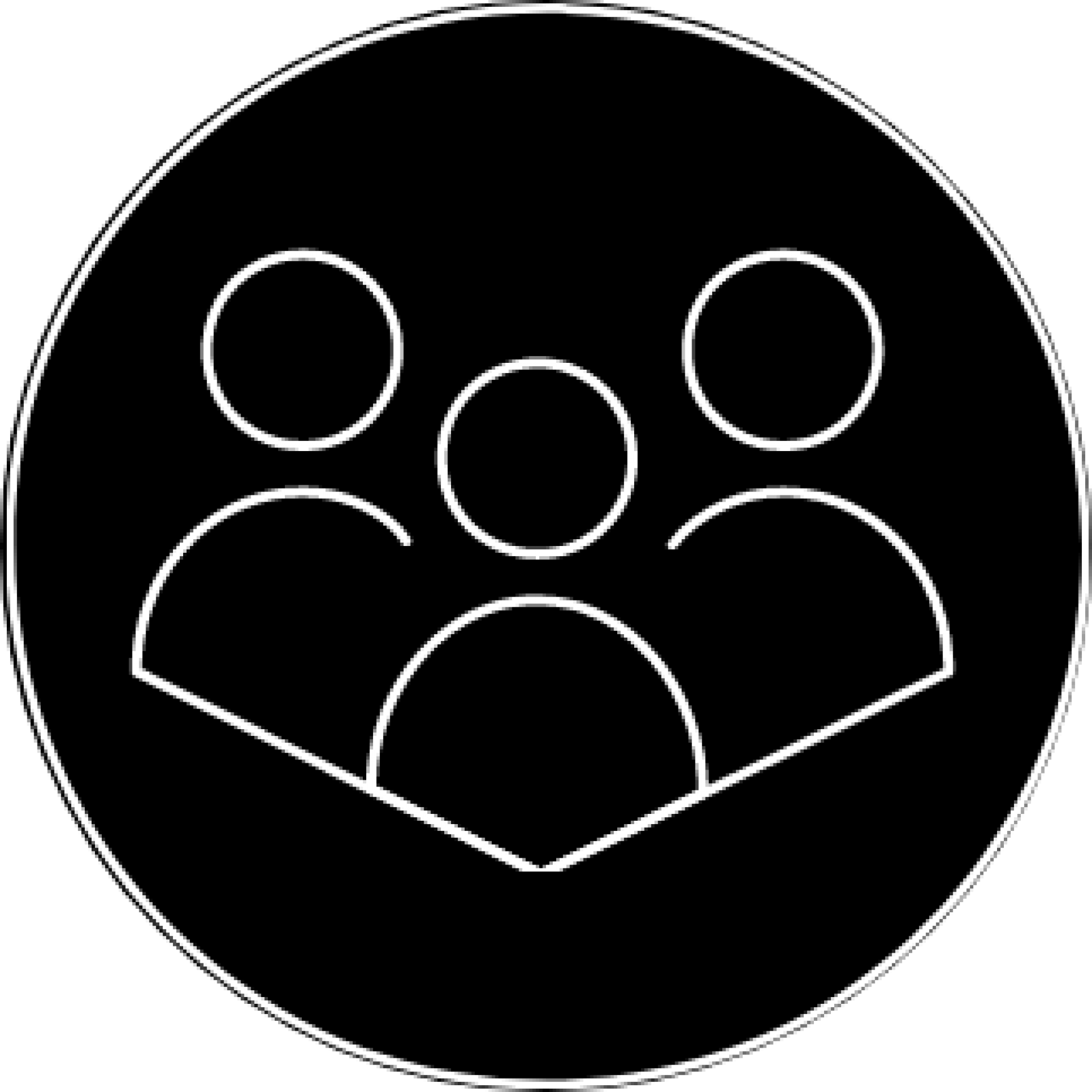Despite more diverse news sources, post-George Floyd protests show “there’s a lot more work to do.”
By Yoko Vue
Millions of viewers saw the social media footage of Omar Jimenez, a CNN correspondent, get arrested on live television as he was reporting on the George Floyd protests last year.
“When I got arrested on live television, the state patrol put out a tweet a few minutes later saying, ‘Oh we had to verify that he was a journalist, while the whole world was watching,’” Jimenez said during a virtual panel discussion of race and racism hosted by the Hubbard School of Journalism and Mass Communication on Feb. 17.
The tough reality, Jimenez said, is that the police control the narrative when they make arrests. For the vast majority of encounters with people in communities of color, where racism can factor, the cameras are not running.
“That’s where our jobs as reporters come in to try and get past that narrative and get you, the readers or viewers, what the truth actually is,” he said.
The 90-minute discussion on Zoom covered a range of important issues facing marginalized communities: objectivity, libel laws and alternative media that can serve those communities better.A key focus was reporting on the George Floyd protests this past summer, including what went right or wrong and the challenges of reporting during such events.
“There were a lot of mistakes that were made that are just typical of traditional journalism, of going to official sources and being caught off guard by a massive government and military presence,” Danielle Kilgo, University of Minnesota professor, said.“But also using that as the highlight instead of bringing in the voices of the community that surround them.”
Kilgo joined the Hubbard School faculty this past summer as the John & Elizabeth Cowles Professor of Journalism, Diversity and Equality. Her research focuses on the coverage of social movements and social justice issues. Previously, Kilgo worked in public relations and was a photojournalist.
Kilgo noted that many journalists reported well on the protests, including alternative organizations from marginalized communities. “I think that the Black press plays an incredibly important role in providing a perspective that cannot, or is not, provided at this time in the mainstream media that’s front and center,” Kilgo said.
Conversations surrounding biases, diversity in newsrooms, and missing pieces in stories were issues that came to the surface on a larger magnitude. “While they had happened prior, I don’t think they had happened on such a high profile story like this before where there was really no ignoring it,” Jimenez said. “For a media perspective, I think this really exposed the weaknesses in many different publications about gaps in their coverage.”
Kyndell Harkness, the Star Tribune’s assistant managing editor of diversity and community, agreed with the critiques on the panel. “Yes! We need all of them, all the voices are important. I feel like that diversity of thought and having multiple voices is so important in terms of the rich landscape of information for people to have.”
While the event had thoughtful conversations, the panelists agreed that there can still be more done.
“In terms of what the journalism school has done, we’ve been trying to reach and engage as many different communities as we can through our internship programs, through our hiring of professionals,” said Elisia Cohen, moderator of the event and the director of the Hubbard School. “We have also been working to figure this out with our students because, although we have a 100-year history, it’s not the case where all students have been given equal opportunity to be admitted to the journalism school.”
Kilgo said she has been a part of these conversations for many years. “The more conversations I think we can have about this, the closer we’re going to get to a consensus of: “Yeah, maybe we do need to change,’” she said.
“It’s a system, it’s a whole media system that sort of has to be revolutionized,” Kilgo said. “I think journalists play a role in that, a really important role, but they haven’t done enough. They’ve done some and it’s very obvious and there’s more diversity in the news for sure, but they haven’t done enough. There’s a lot more work to do.”

